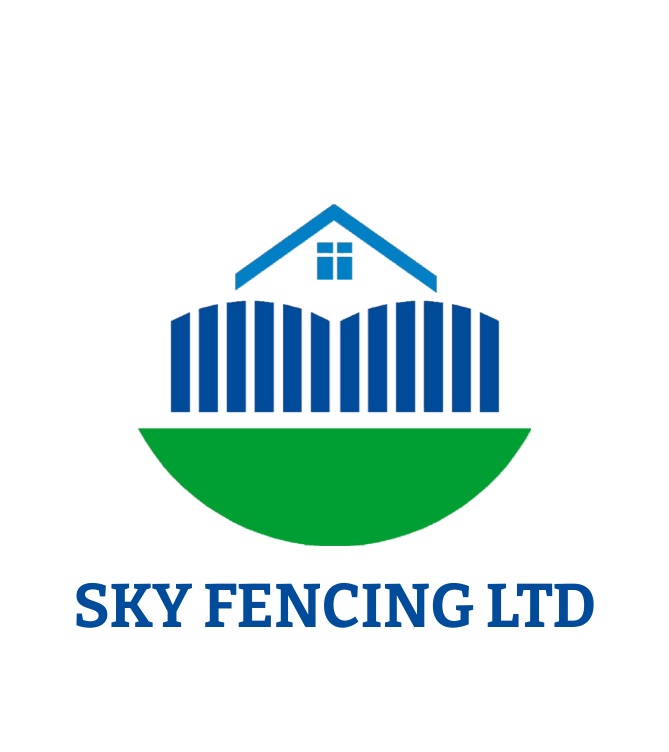Natural Timber Products Policy
sky2025-06-16T11:48:13+00:00Natural Timber Products Policy
At Sky Fencing Ltd, we pride ourselves on supplying high-quality timber products sourced from sustainable and reputable suppliers. However, it is important for customers to understand the natural characteristics of timber before purchase or installation.
1. Nature of Timber
Timber is a natural product. As such, it is subject to variations in:
- Colour
- Grain pattern
- Knots and knot size
- Texture and density
These are not considered defects, but rather part of the unique and rustic appeal of real wood.
2. Moisture Movement & Shrinkage
Timber naturally expands and contracts depending on environmental conditions:
- In dry, warm weather, timber may shrink or develop cracks (known as surface checking).
- In wet or humid conditions, timber may swell slightly.
This is a normal and expected behaviour and is not a sign of faulty material.
3. Treatment Variations
Pressure-treated timber may show:
- Green or brown colour variations
- Salt deposits or staining (especially soon after treatment)
- Wet appearance due to treatment solution
These marks will fade naturally over time and do not affect the performance of the product.
4. Splits, Cracks, and Warping
Timber is a hygroscopic material, meaning it absorbs and releases moisture depending on the environment. As a result, splits, cracks, and warping can occur naturally and are not considered defects in most cases.
Types of Movement and What to Expect
- End Splits: These commonly appear at the ends of timber sections due to rapid drying. They do not generally affect the strength or usability of the timber.
- Surface Cracks (Checking): These are cracks on the face or edges of the timber that may open or close with weather conditions. They are especially common in larger cross-section timbers and are cosmetic.
- Shrinkage Cracks: Caused by moisture loss, particularly in hot or dry weather. Timber will expand again when moisture levels rise.
- Warping & Cupping: Boards may slightly bow, twist, or cup across their width. This can be influenced by exposure to sunlight and moisture.
Why It Happens
- Timber dries from the outside in, which can create tension between the inner core and outer layers.
- Variations in moisture, sun exposure, wind, and shade can all accelerate drying and cause stress in the timber.
- These natural reactions are part of the ageing process of timber and add to its character.
Preventing or Minimising Movement
While it is not possible to prevent natural timber from moving entirely, the following step can help:
- Apply a timber treatment or UV-protective finish to help slow down moisture loss and protect from sunlight.
Warranty & Returns
Splits, cracks, and surface movement are not covered under warranty unless they are severe enough to compromise the structural performance of the product (e.g., a complete break. Cosmetic imperfections are to be expected and do not qualify for returns or replacements.
5. Grading and Quality
We supply timber in various grades (e.g., C16, C24, UC3, UC4). Our team ensures all products meet or exceed the grading specification, but natural imperfections within the allowed grading tolerance may still be present.
6. Returns and Complaints
Due to the nature of timber, we do not accept returns for products based on:
- Appearance (colour, grain, knots)
- Movement (shrinkage, warping)
- Surface imperfections
If you believe your product is structurally defective or was supplied incorrectly, please contact us within 48 hours of delivery with photographs and a full description.

